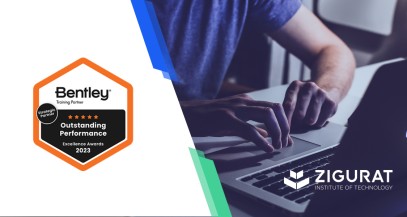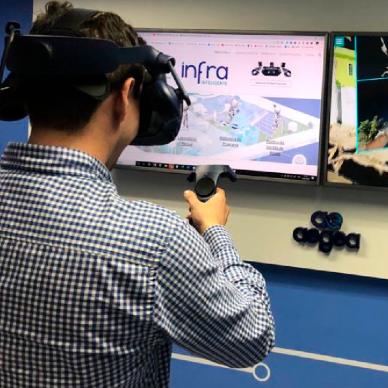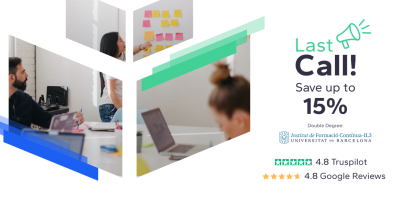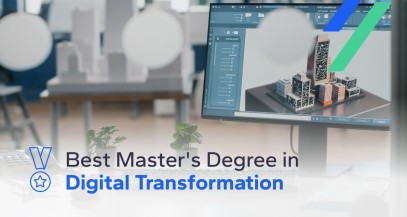
The Lockdown Speeds Up the Adoption of VR in the Infrastructure World
Categories

Wagner Oliveira de Carvalho, a former Zigurat student and a current faculty member, is implicated in an ambitious Virtual Reality (VR) lab for facility management at the largest private Water Utility in Brazil.
Technologies that reduce human-to-human contact, automate processes and increase productivity amid social distancing are on the rise. And that’s how the demand for VR solutions sparks in the construction industry. Already before the pandemic, some construction and facility management companies dipped into VR and had been looking into its integration into their workflows.
And AEGEA, a private group of water and sewer utilities which holds 23,6% of the Brazilian private sanitation market and where Wagner Oliveira de Carvalho works as Senior Project Manager, is one such company. Wagner has a unique professional trajectory both outside and inside Zigurat where he first enrolled as a student of the Master's in Global BIM Management for Infrastructure Projects and, after his graduation, incorporated as the professor of the Master Internacional em BIM Management para Infraestruturas, Engenharia Civil e GIS.
As the result of his experience in the Zigurat’s master program, Wagner Oliveira de Carvalho understood what an opportunity plugging the virtual world into the world of BIM really was. With the virtual reality headset, the project teams can approach their work from an immersive angle and enter the BIM models that are developed within AEGEA.
To discover how by integrating VR to the BIM solution, the stakeholders can retrieve and present information and increase efficiency in an interactive and collaborative project environment, Zigurat interviewed Wagner about the VR lab at AEGEA, how COVID-19 has affected their daily activities and the future perspectives of VR in the infrastructure sector.
- How does working a project through Virtual Reality modality affect collaborative work?
- Do you think the current situation accelerates the adoption of Virtual Reality in the industry?
- How does Virtual Reality help us face the challenges of carrying out our project in times of COVID-19?
- How has the pandemic affected your professional life?


